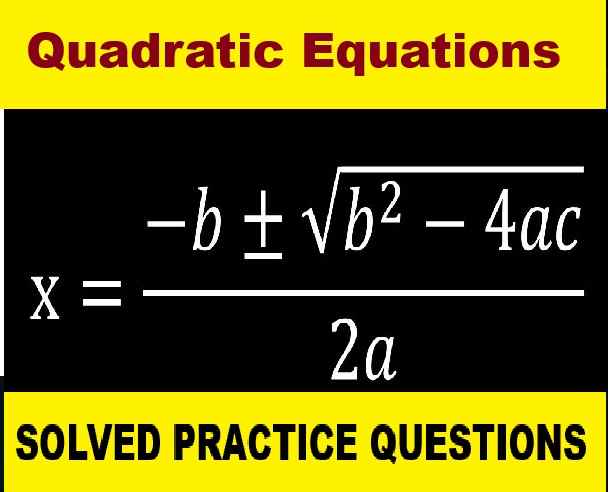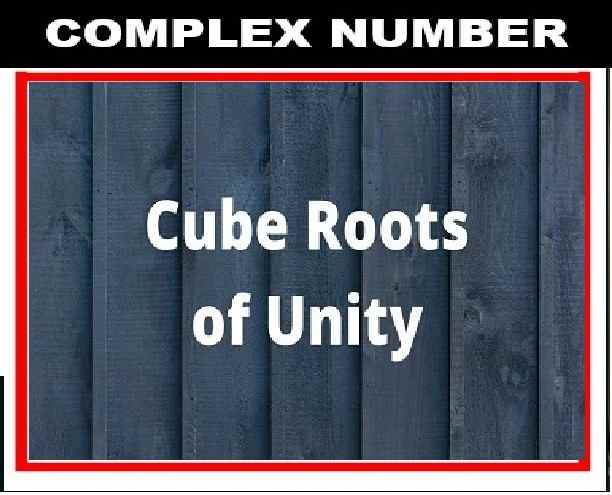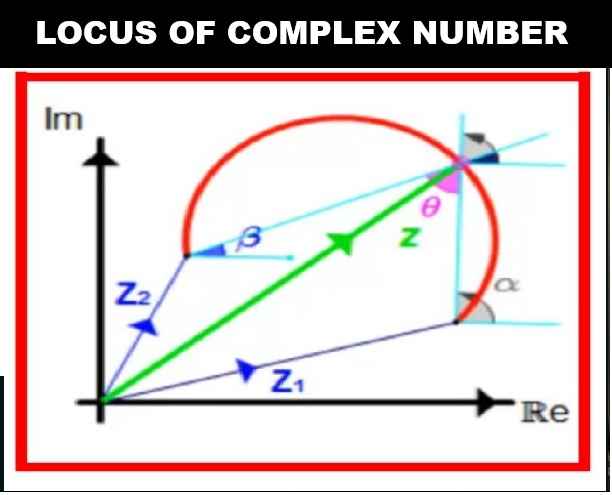Sets Class 8 RS Aggarwal Exe-5D MCQs Goyal Brothers ICSE Maths Solutions Ch-5. We provide step by step Solutions of cisce prescribe textbook / publications to develop skill and confidence. In this articles you would learn how to check divisibility test. Visit official Website CISCE for detail information about ICSE Board Class-8

Sets Class 8 RS Aggarwal Exe-5D MCQs Goyal Brothers ICSE Maths Solutions
| Board | ICSE |
| Subject | Maths |
| Class | 8th |
| Writer | RS Aggarwal |
| Ch-5 | Sets |
| Exe-5D | MCQs on Sets |
| Edition | 2024-2025 |
MCQs on Sets Exe-5D
Page- 79, 80, 81
Multiple Choice Questions :
Que-1: If A = {1}, which of the following statements is correct.
(a) A = 1 (b) 1⊂A (c) {1}∈A (d) 1∈A
Solution- (d) 1∈A
Reason: 1∈A
Que-2: If A = {1,2,{3,4}}, which of the following is a correct statement?
(a) 3∈A (b) {1}⊂A (c) {2}∈A (d) 1⊆A
Solution- (b) {1}⊂A
Reason: {1}⊂A
Que-3: Consider the following statements :
1. Any set A is comparable with itself 2. {0} is a singleton set 3. {ø} is an empty set
Of these statements, the correct ones are :
(a) 1&2 (b) 1&3 (c) 2&3 (d) 1,2&3
Solution- (a) 1&2
Reason: 1&2
Que-4: Total number of elements in the power set of a set A containing n elements is :
(a) n² (b) 2^n (c) (2^n)-1 (d) None of these
Solution- (b) 2^n
Reason: Total number of elements in the power set of a set A containing n elements is 2^n.
Que-5: If a finite set S contains n elements, then the number of non-empty proper subsets of S is
(a) 2.2^n-1 (b) 2((2^n)-1) (c) ((2^n-1)-1) (d) 2((2^n-1)-1)
Solution- (d) 2((2^n-1)-1)
Reason: Total no. of subsets = 2^n
Required no. of subsets = (2^n)−2
= 2[(2n^−1)−1]
Que-6: The number of all possible proper subsets of {2,3,5} are (a) 3 (b) 6 (c) 7 (d) 8
Solution- (c) 7
Reason: = {2,3,5,{2,3},{3,5},{2,5},{2,3,5}}
Possible proper subset is 7.
Que-7: If A = {a,b}, then the power set of A is
(a) {a^b, b^a} (b) {a²,b²} (c) {ø,{a},{b}} (d) {ø,{a},{b},{a,b}}
Solution- (d) {ø,{a},{b},{a,b}}
Reason: Power set of A = {ø,{a},{b},{a,b}}
Que-8: Which one of the following is a correct statement?
(a) ø = 0 (b) ø = {0} (c) ø = {ø} (d) ø = { }
Solution- (d) ø = { }
Reason: ø = { } is a correct statement.
Que-9: Which one of the following is a correct statement?
(a) {a} ∈ {a,b,c} (b) a ⊆ {a,b,c} (c) a ∈ {{a},b} (d) None of these
Solution- –(d) None of these
Reason: None of these
Que-10: Which one of the following is a correct statement?
(a) Every subset of an infinite set is finite
(b) Every set has a proper subset
(c) {a,b,c,1,2,3,a,b,c,1,2,3,……} is an infinite set.
(d) Every subset of a finite set is finite
Solution- (d) Every subset of a finite set is finite
Reason: Every subset of a finite set is finite.
Que-11: Which of the following is a singleton set?
(a) {x∈R : x²=x} (b) {b∈N : 3x=4} (c) {x∈R : x²=-1} (d) {x : x is an integer which is neither positive nor negative}
Solution- (d) {x : x is an integer which is neither positive nor negative}
Reason: {x : x is an integer which is neither positive nor negative}
Que-12: Which one of the following is an infinite set ?
(a) {x : x is a natural number, x<50} (b) {x : x is an integer , x<50} (c) {x : x is an integer, x is a factor of 500} (d) {x : x is a whole number, x<1000}
Solution- (b) {x : x is an integer , x<50}
Reason: {x : x is an integer , x<50}
Que-13: Which one of the following is a finite set ?
(a) {x : x is an integer, x<1} (b) {x : x is a rational number, 0<x<1} (c) {x : x is a natural number, x>5} (d) {x : x is an even prime}
Solution- (d) {x : x is an even prime}
Reason: {x : x is an even prime}
x = {2}
Que-14: If A = {1,2,3,4} and B = {5,6,7}, then A∩B = ?
(a) {1,2,3} (b) {5,6,7} (c) {4} (d) ø
Solution- (d) ø
Reason: A = {1,2,3,4}
B = {5,6,7}
A∩B = {ø}
Que-15: Let A = {0,1,3,4}, B = {5,6,1,3,9} and C = {0,1,2,3,9,13}. Then, (A∩B)∪C is
(a) {0,1,2,3,9,13} (b) {0,1,3} (c) {0,1,2,3,4,9,13} (d) {1,3}
Solution- (a) {0,1,2,3,9,13}
Reason: A = {0,1,3,4}
B = {5,6,1,3,9}
C = {0,1,2,3,9,13}
(A∩B)∪C
A∩B = {1,3}
(A∩B)∪C = {0,1,2,3,9,13}.
Que-16: Let A = {1,2,3,4,5}, B = {2,4,6,8} and C = {3,4,5,6}. Then, (A∪B)∩C
(a) {3,4} (b) {3,4,5,6} (c) {1,2,3,4,5,6,8} (d) {4,6}
Solution- (b) {3,4,5,6}
Reason: A = {1,2,3,4,5}
B = {2,4,6,8}
C = {3,4,5,6}
(A∪B)∩C
A∪B = {1,2,3,4,5,6,8}
(A∪B)∩C = {1,2,3,4,5}
Que-17: If A has 3 elements and B has 6 elements, then the minimum and maximum number of elements in A∪B are respectively.
(a) 3 and 6 (b) 3 and 9 (c) 6 and 9 (d) cannot be determined
Solution- (c) 6 and 9
Reason: Given: n (A) = 3 and n (B) = 6.
As we know that, if A and B are two sets then, n (A ∪ B) = n (A) + n (B) – n (A ∩ B)
⇒ n (A ∪ B) = 3 + 6 – n (A ∩ B)
In order to minimize n (A ∪ B) we have to maximize n (A ∩ B) .
If A is a subset of B, then A ∩ B = A ⇒ n (A ∩ B) = n (A) = 3
⇒ n (A ∪ B) = 3 + 6 – 3 = 6.
n(A∪B) = n(A)+n(B)−n(A∩B) ⋯(1)
Now A has 3 elements and B has 6 elements.
For maximum number of element in A∪B, A and B should be disjoint, ⇒ n(A∩B) = 0.
∴n(A∪B) = 6+3 = 9.
Que-18: If A has 3 elements and B has 6 elements, then the minimum and maximum number of elements in A∩B are respectively.
(a) 0 and 3 (b) 0 and 6 (c) 3 and 6 (d) 3 and 9
Solution- (a) 0 and 3
Reason: n(A) = 3
n(B) = 6
Minimum elements in A∩B = 0
Maximum elements in A∩B = 3.
Que-19: Consider the following elements: 1. (A∪B)’ = A’∪B’ 2. (ø’)’ = U 3. A∩(B∪C) = (A∩B)∪(A∩C) 4. U’ = ø Of these statements (a) 2 and 3 are correct (b) 1 and 3 are correct (c) 2 and 4 are correct (d) 3 and 4 are correct
Solution- (d) 3 and 4 are correct
Reason: 1. (A∪B)’ = A’∪B’
2. (ø’)’ = U
3. A∩(B∪C) = (A∩B)∪(A∩C)
4. U’ = ø
So, statement 3 and 4 are correct.
Que-20: If A⊆B, then A∩B is equals to (a) A (b) B (c) ø (d) none of these
Solution- (a) A
Reason: A⊆B
So, A∩B = A.
Que-21: If A⊆B, then A∪B is equal to (a) A (b) B (c) ø (d) none of these
Solution- (b) B
Reason: A⊆B
So, A∪B.
(Questions 22 to 26): Answer these questions on the basis of the following information :
A = {x : x∈N, x is a factor of 3}
B = {x : x∈N, x is a factor of 5}
C = {x : x∈N, x is a factor of 9}
Que-22: A∩B = ? (a) {x: x∈N, x is a factor of 3 or 5} (b) {x: x ∈N, x is a factor of both 3 or 5} (c) {x : x∈N, x is a factor of 15} (d) Both (b) and (c)
Solution- (d) Both (b) and (c)
Reason: Both (b) and (c)
Que-23: A∪B = ?
(a) {x: x∈N, x is a factor of either 3 or 5} (b) {x: x∈N, x is a factor of 3 or 5 or both} (c) {x: x∈N, x is a factor of 15} (d) {x: x∈N, x is a factor of both 3 or 5}
Solution- (b) {x: x∈N, x is a factor of 3 or 5 or both}
Reason: {x: x∈N, x is a factor of 3 or 5 or both}
Que-24: A∪C = ?
(a) {x: x∈N, x is a factor of 3} (b) {x: x∈N, x is a factor of 9} (c) {x: x∈N, x is a factor of 27} (d) None of these
Solution- (a) {x: x∈N, x is a factor of 3}
Reason: {x: x∈N, x is a factor of 3}
Que-25: A∩C = ?
(a) {x: x∈N, x is a factor of 3} (b) {x: x∈N, x is a factor of 9} (c) {x: x∈N, x is a factor of 27} (d) None of these
Solution- (b) {x: x∈N, x is a factor of 9}
Reason: {x: x∈N, x is a factor of 9}
Que-26: How many of the following statements are true :
I. A⊆B II. A⊆C III. B⊆A IV. C⊆A (a) nil (b) one (c) two (d) All
Solution- (b) one
Reason: one
— : End of Sets Class 8 RS Aggarwal Exe-5D MCQs Goyal Brothers ICSE Maths Solutions Ch-5 :–
Return to :- ICSE Class -8 RS Aggarwal Goyal Brothers Math Solutions
Thanks
Please share with yours friends if you find it helpful.


